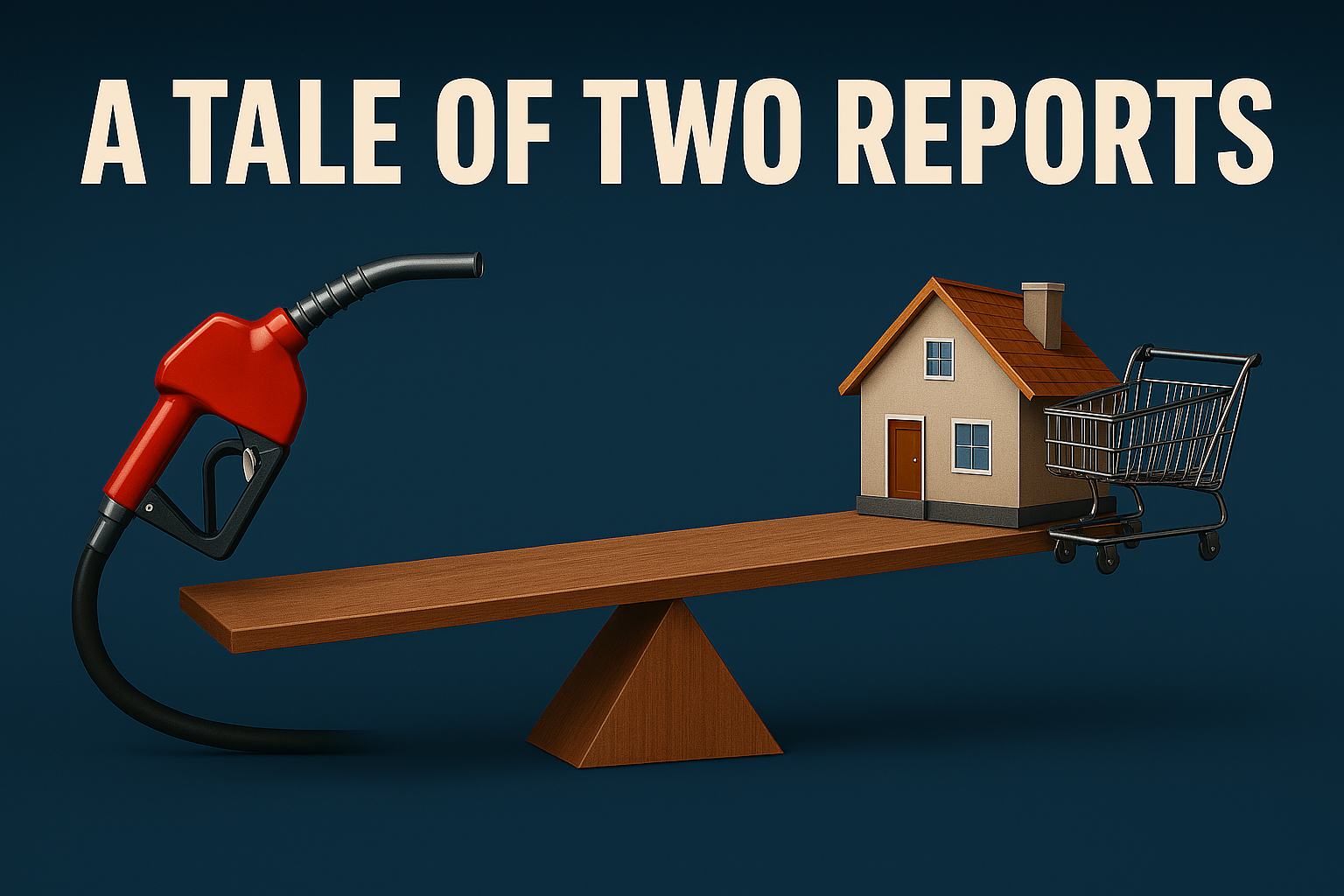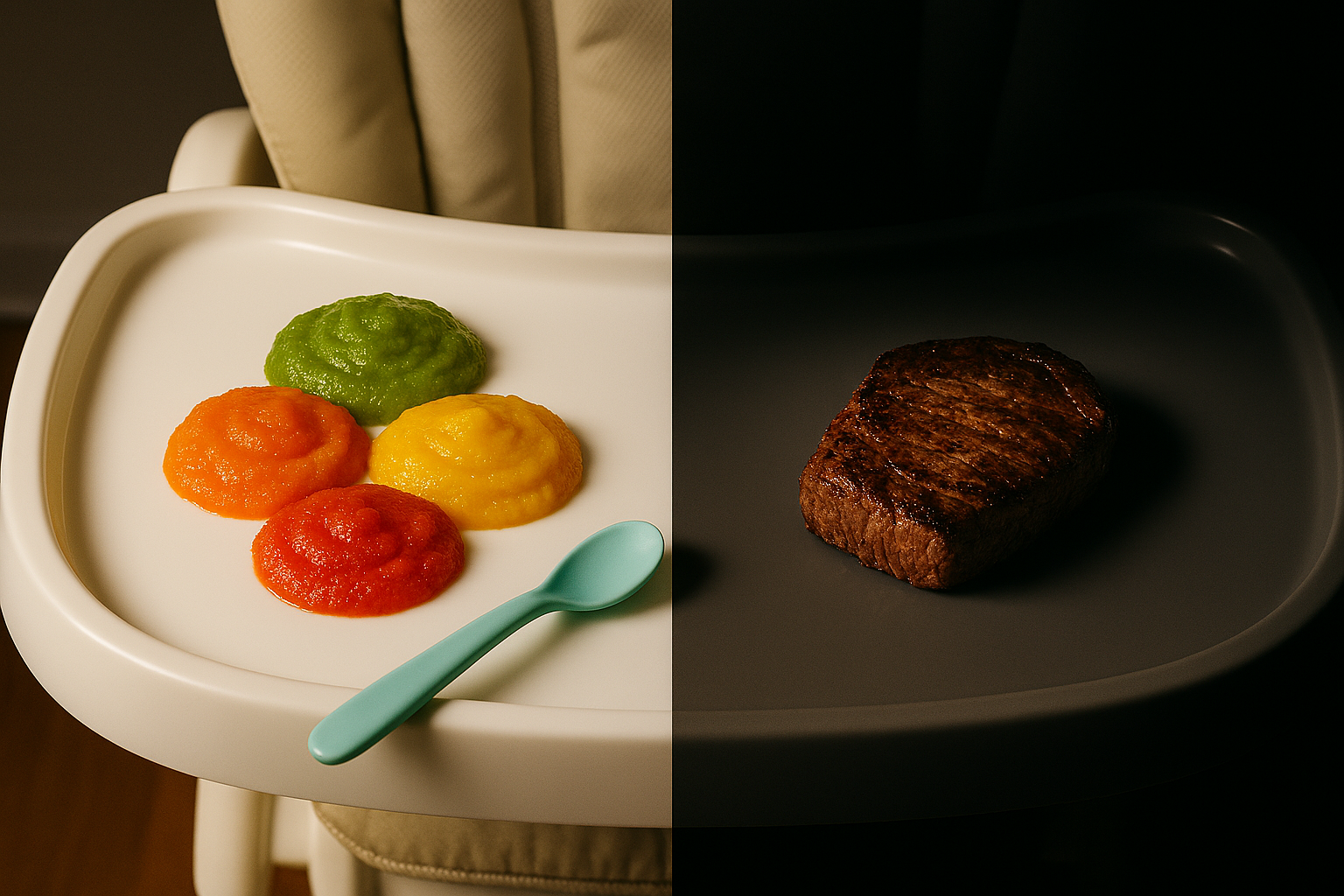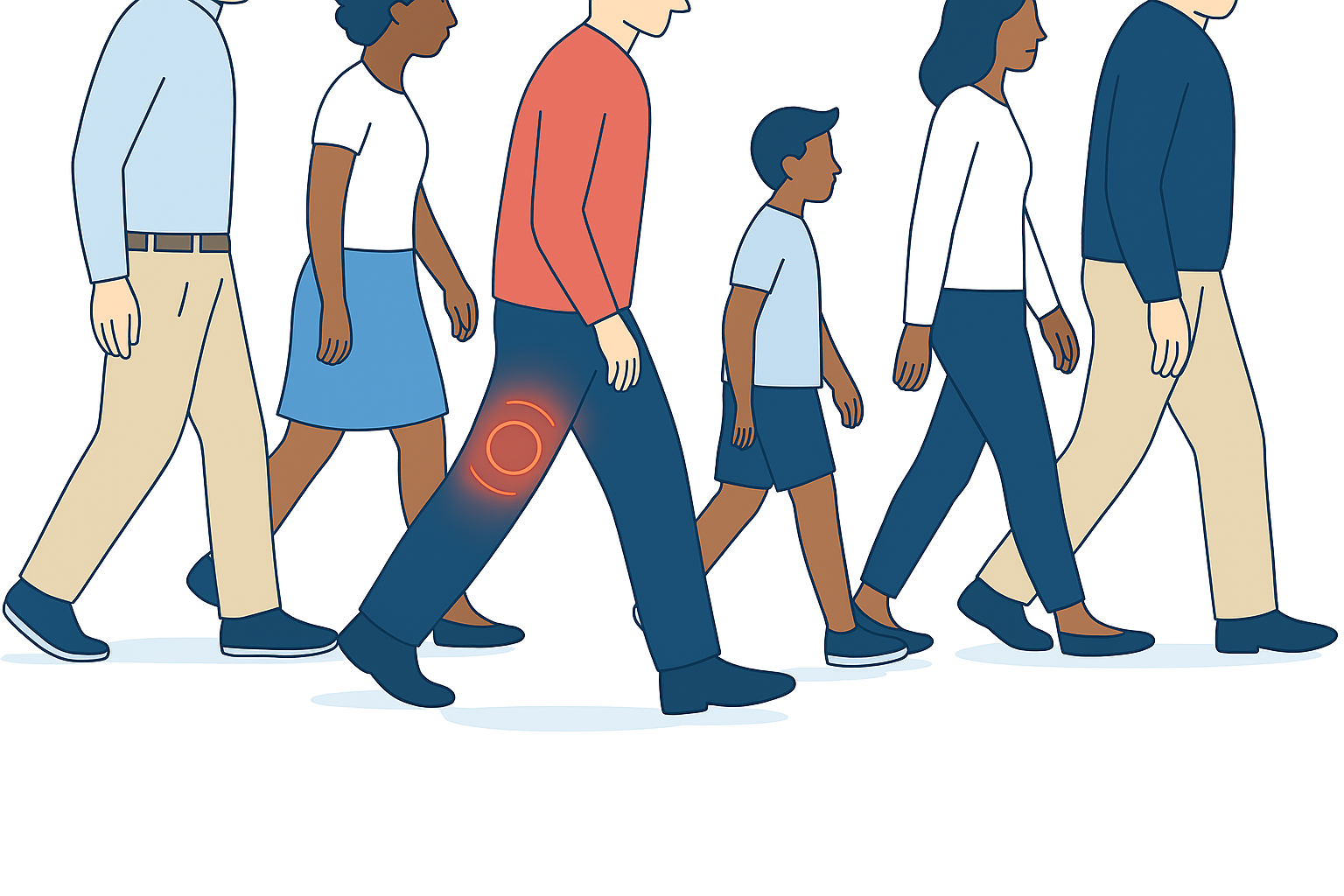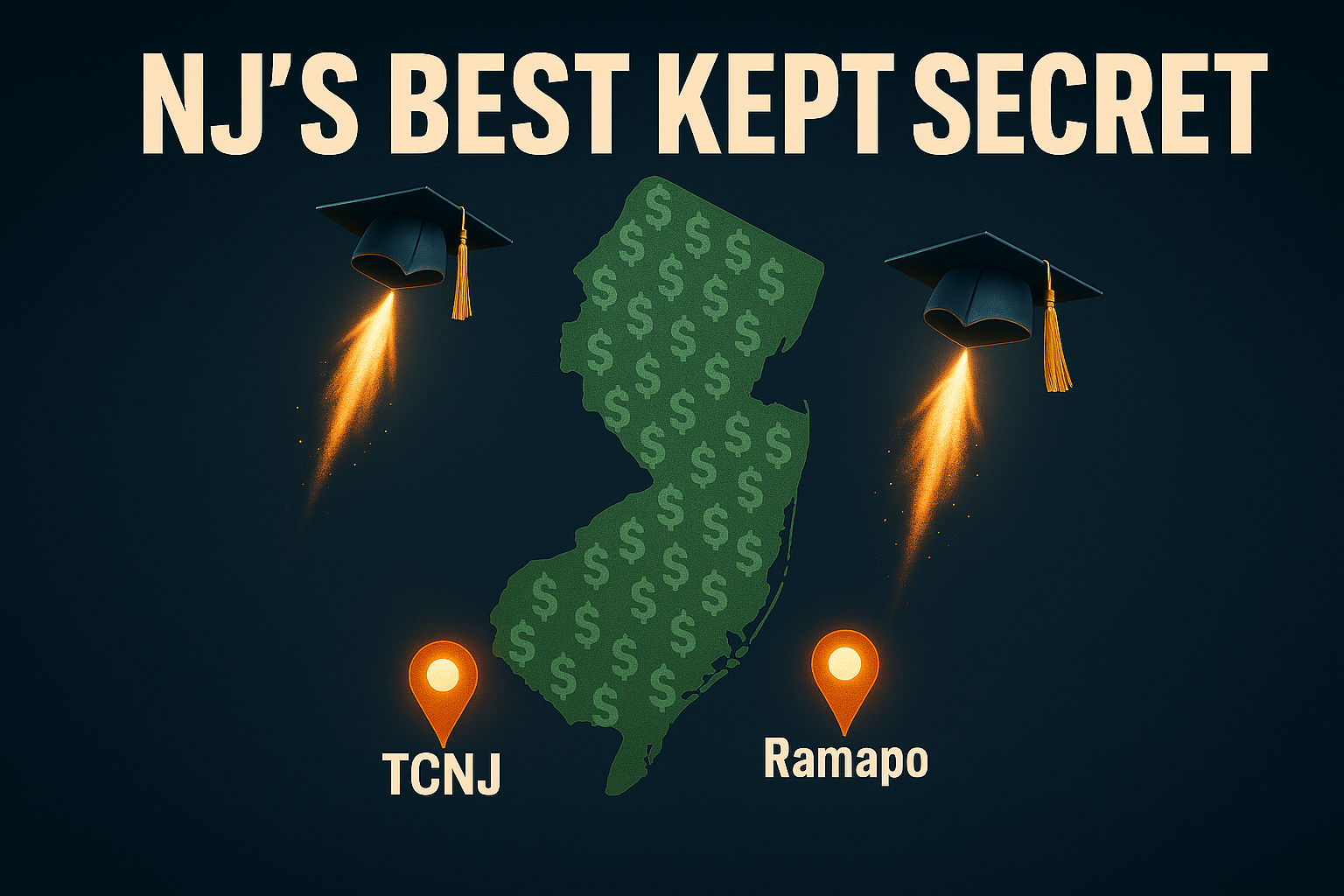July Inflation Report: Relief at the Pump, But High Costs Persist

July Inflation Report Analysis: Relief at the Pump Can’t Hide Persistent High Costs
The newly released July inflation report offered a glimmer of hope to consumers as falling gasoline prices helped cool the headline inflation number. However, a deeper dive into the Consumer Price Index (CPI) data reveals a more stubborn reality: the core drivers of high costs, particularly for housing and food, continue to squeeze household budgets in Chicago and across the country. While the overall trend is moving in the right direction, this report shows that the battle against rising cost of living pressures is far from over.
For the Federal Reserve, this mixed bag of data creates a complex puzzle, making its next decision on interest rates a critical one for the nation’s economic outlook.
The Headline vs. The Reality: A Tale of Two Reports
The Bureau of Labor Statistics reported that the headline CPI rose at a slower-than-expected pace in July, largely thanks to a significant drop in gasoline prices. This provided a much-needed break for commuters and families.
However, the “core” inflation number, which strips out volatile food and energy prices, tells a different story.
- Core CPI remained elevated, indicating that underlying inflation is “sticky.”
- Shelter costs, which include rent and homeowners’ equivalent rent, were once again the single largest contributor to the increase.
- Grocery bills continued to climb, though at a slightly slower pace, with items like cereals and dairy products seeing notable price hikes.
This split between the headline and core data is crucial. While drivers felt relief at the pump, their purchasing power was still being eroded every time they paid rent or went to the supermarket.
Chicago Area Inflation: A Local Perspective
For residents of the Chicago metropolitan area, the national numbers reflect a local reality of persistent financial strain. The Chicago area inflation rate has often tracked slightly higher than the national average, particularly in categories like services and housing. The high cost of rent and property taxes in the region means that even when gas prices fall, the largest portion of most household budgets—shelter—continues to grow, putting immense pressure on working families.
The Federal Reserve’s Dilemma
This report puts the Federal Reserve in a difficult position. The cooling headline number gives them some breathing room and supports the argument that their aggressive monetary policy is working. However, the stickiness of core inflation will be a major concern.
The Fed is now faced with a delicate balancing act:
- Hold Rates Steady? They could pause their interest rate hikes to see if the disinflationary trend continues, avoiding the risk of pushing the economy into a recession.
- Hike Again? They could opt for another small rate hike to definitively crush the remaining core inflation, at the risk of slowing the economy too much.
The Fed’s next move on Federal Reserve interest rates will be heavily influenced by this CPI data, as well as upcoming reports on the job market. Their decision will have a direct impact on everything from mortgage rates to car loans and credit card interest.
Conclusion: A Long Road Ahead
The July inflation report analysis shows that while progress has been made, the journey back to price stability is a long and bumpy road. The relief felt from lower gas prices is real, but it is partially offset by the relentless rise in essential costs like housing. For the average American family, and especially for those in high-cost areas like Chicago, the economic pressure remains significant. This report is a clear signal that while the fever of peak inflation may have broken, the patient is not yet healthy.









